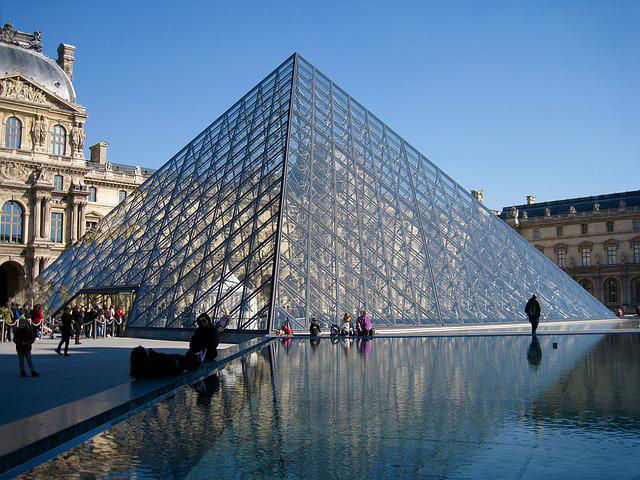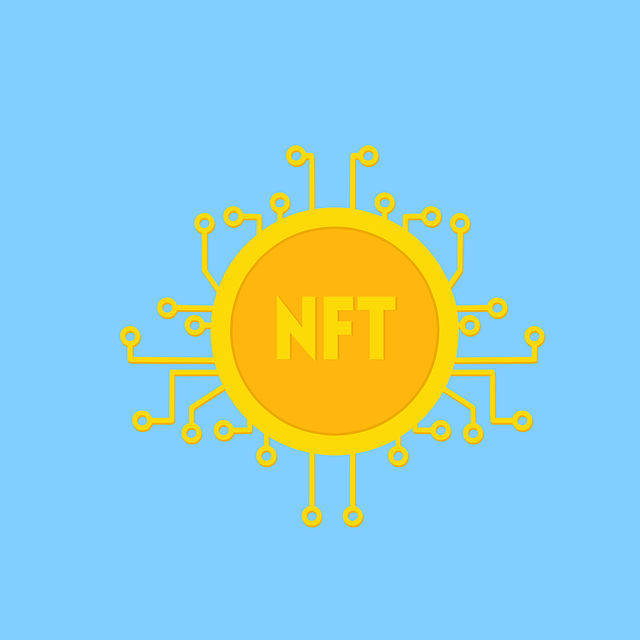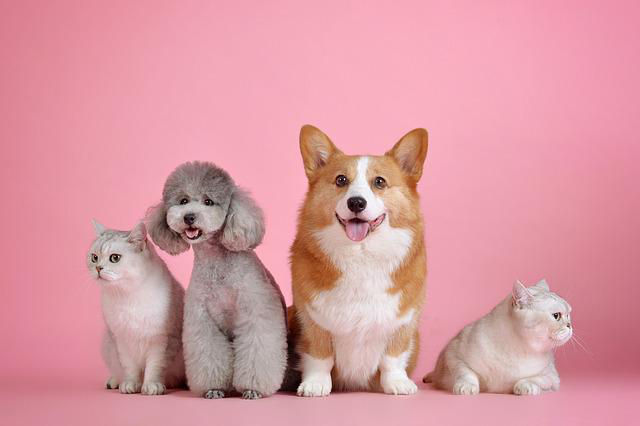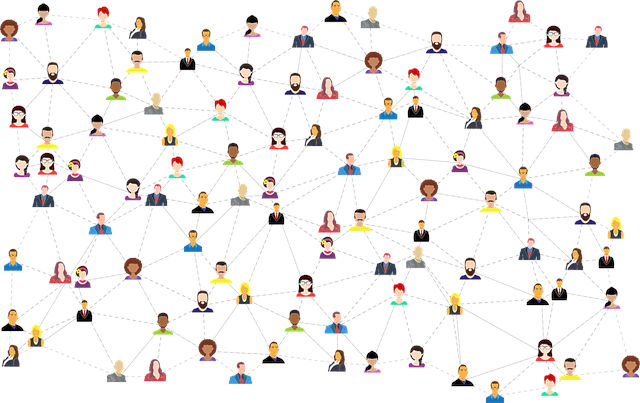The NFT Screenshot Issue

NFTs are a form of digital art that has taken the world by storm. These digital assets are not limited to one industry only. You can find NFTs taking over almost every field - from sports and food to fashion and real estate.
NFTs come in several forms like tweets, animations, short videos, etc, and users can mint them on NFT platforms like OpenSea and Rarible. Some of these digital assets are worth millions, just look at Beeple's $69 million artwork, and some fail to sell for even $1. So why is it that some are worth so much and others are worth barely anything? Understanding the intrinsic value of art will help us understand why taking a screenshot or creating another copy of the digital asset will not diminish the original, and will not give any value to the copy that was created.

Value of Art
Let's say you booked a trip to Paris for a week, and during that time you decided to stop by the Louvre Museum. There you see the Mona Lisa painting hanging behind bulletproof glass. For those unfamiliar with the Mona Lisa, it is a 16th-century oil painting created by Leonardo da Vinci. It is one of the most recognizable paintings in the world and is also one of the most valuable, with estimates of its worth ranging from $100 million to over $1 billion. The painting's enigmatic smile and gaze have intrigued viewers for centuries, and the work has been both praised and criticized for its beauty and artistic merit.

Now let's say after you finish exploring the museum, you stop by a gift shop on your way out. There you see Mona Lisa prints on sale for $29.99, with the same dimensions as the original. The replicas look exactly the same as the painting, so you buy one and go back to the museum just to compare the two. When you hold the replica to the original painting, you gasp because you can't tell the two apart. In fact, you are convinced that if you were to swap them, nobody from the public would notice, and you're probably right. But even though, they may look the same and feel the same, they are not the same. What you're holding in your hands is a print worth a mere $30, while the one behind a bulletproof glass is worth potentially over a billion dollars.

So what gives the Mona Lisa painting such high value? Well, let's ask a more generic question, what gives any art value? The value of art could be determined by its age, its association with a famous artist, or its status as a highly recognizable work of art. In the case of the Mona Lisa painting, all of the previously listed factors apply. But art doesn't have to have a famous artist or be widely recognized to have value. The intrinsic value of art is the value that is placed on it by those who experience it. This value is not based on any external factors, but rather on the personal connection that the viewer has with the work. This value is often difficult to quantify, as it is different for everyone. However, it is clear that art has a deep and lasting impact on those who experience it, and this impact is what gives art its inherent value. So a painting or a sculpture may not be as valuable to me, as it is to someone else. And because that someone else values it so much, that it has value.
Scarcity in the Digital World
So how is an NFT similar to art? Let's revisit the definition of an NFT. NFT is an acronym for "non-fungible token." It is a type of cryptocurrency that represents a unique digital asset, such as a piece of digital art or a collectible item. NFTs are stored on a blockchain and can be bought, sold, or traded like other cryptocurrencies. Unlike other cryptocurrencies, each NFT is unique and cannot be replaced by another token.

So to put it in 5th grade terms, this is a new technology, which for the first time ever allows for digital products to become scarce. If someone recorded a funny video and it went viral, people all over the world could see a copy of it on their phone or browser. They may laugh at the video, and some may share it with their friends or coworkers, but that's where it ends. With digital assets, you can share them all you want and create copies, but you can't hold them like you would a physical art piece. Unlike physical goods, digital assets are not scarce, you can create a million copies of a photo on your computer and thus they are not inherently valuable.
This is where NFTs come in, even though there may be millions of copies of cute-pets-photo.jpg, its creator can specify which of those photos is the original by minting that metadata on the blockchain. With this technology, for the first time ever, digital goods have scarcity and thus can be valuable. So how does this address the NFT screenshot problem in the digital world?

How Skeptics See the NFT Screenshot Issue
So there are many skeptics out there who just don't quite understand this new technology. But just because they don't understand it, doesn't mean the technology doesn't work. NFT markets are often considered overvalued by these skeptics, and they often wonder about the security of these assets. Their main argument from what I hear constantly is, "well, anyone can just capture these images from an NFT marketplace and take a screenshot, or even download the image to their browser/device". Yes, that's true, but so what? This doesn't give that person any right to sell the image or even claim it as one of their own. As pointed out before, there's a huge difference between an original work of art and a copy. One is worth millions and the other barely anything.

Case Study
Let's take a look at a what-if scenario. Say there is a famous artist with 1.4 million followers on Instagram, and this artist decides to create an NFT of one of their most liked photos. So they go to OpenSea to mint the photo into an NFT and sell it on their marketplace. The photo ends up selling for a cool $50k. Someone else sees that the photo sold for that much and decides to mint a copy of that same photo. How much do you think that copy would sell for on an NFT platform like OpenSea? Not much, exactly.

Well, if it's the same photo, shouldn't it sell for exactly the same amount? No, the original photo was uploaded by the creator who most likely has a verified account on OpenSea, not to mention the millions of followers on Instagram. So when that creator posts on social media that they will be selling an NFT under their username on OpenSea, this creates instant value for the digital art piece. The metadata associated with the NFT will always point to the artist as the original creator and this alone is why so many people will spend thousands of dollars to add this art to their NFT collection.
Etherscan
Once you have created an NFT on a platform like OpenSea, your ownership will be marked on the blockchain permanently. You can track ownership of any NFT on a website called Etherscan. Etherscan is a popular blockchain explorer and analytics platform for Ethereum. The platform provides detailed information on Ethereum addresses, transactions, and blocks. Etherscan also offers a suite of tools and services for developers, such as an API and a smart contract verification tool. So using this tool any average Joe can look up any transaction that's ever happened on the Ethereum blockchain because everything that happens on the blockchain is public and cannot be changed. This is one of the reasons why NFTs are so valuable because everything is tracked: ownership, transactions from sellers to buyers, where the metadata is stored, etc.

Worst Case Scenario
What would happen if a thief was browsing through Instagram, saw an artwork that they really liked, and decided to mint it as an NFT before the original artist could mint it? They would first need an account on OpenSea, which will most likely be a random username not associated with any high-profile artist. Once they've minted the artwork and posted it on OpenSea, they might get a few visitors, but no real buyers. There's no value in the NFT they minted because they're not the original artist, and the community of NFT users and investors knows better. As a matter of fact, if the original artist decided to mint that same digital image the next day, they would get a ton of traffic and offers, even though they were a day late. So as you can see, there's really nothing to worry about when it comes to people stealing NFT art pieces from a digital artist, the rightful owner will always prevail.

Looking Ahead
Since the sale of NFTs began in earnest in early 2020, the market has been growing steadily. In the past two years, there have been a number of high-profile sales of non-fungible-tokens, including a collection of NFTs sold by the musician 3LAU for $11.6 million. The market for NFTs appears to be healthy and growing, with new sales happening all the time. It's likely that the market will continue to grow in the coming years, as more people become aware of NFTs and their potential value.
Right now the NFT technology is at its early stages, and early adopters are capitalizing on the opportunity. But it's not too late to jump on the NFT bandwagon, especially since most people are still hesitant about digital ownership due to the common misconception discussed in this article. If you're looking to get started and become a collector of digital art, there are many NFT projects out there. But don't just go after the ones that may give you social status, or bragging rights today. My suggestion is to really understand the artist, what they're trying to convey, and see if that artwork speaks to you. Because chances are, if you think it's valuable, someone else does too.

